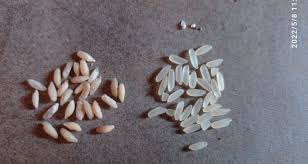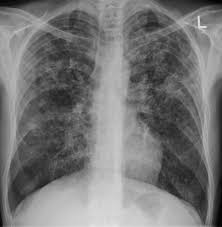In a significant move to address micronutrient deficiencies in the country, the Indian government has reaffirmed the safety of fortified rice for all consumers, including individuals with specific health conditions such as thalassemia and sickle cell anaemia. This announcement comes as part of a comprehensive review by the Department of Food and Public Distribution, supporting the ongoing distribution of fortified rice under welfare schemes until 2028.
The fortified rice initiative, which began in 2019, involves the addition of micronutrient-enriched kernels to regular rice. With approximately 65% of India’s population relying on rice as a staple food, this initiative is pivotal in tackling iron deficiency, a major public health concern. The program aligns with the World Health Organization’s guidelines on fortifying staple foods to improve overall nutritional quality and health outcomes.
Experts from the Indian Council of Medical Research (ICMR) have conducted extensive evaluations and found no evidence indicating that fortified rice poses health risks, even for those with hemoglobinopathies. As a result of these findings, the Food Safety and Standards Authority of India (FSSAI) has officially removed the advisory label from the packaging of fortified rice, further supporting its safety and efficacy.
The decision to continue distributing fortified rice under various welfare schemes underscores the government’s commitment to improving the nutritional status of its population. By ensuring the safety and acceptability of fortified rice, India is taking a proactive approach to combat anaemia and other micronutrient deficiencies, thereby enhancing the health and well-being of millions.
With fortified rice now firmly established as a safe food option, the government is poised to make significant strides in public health, promoting a more nutritionally secure future for the nation.












